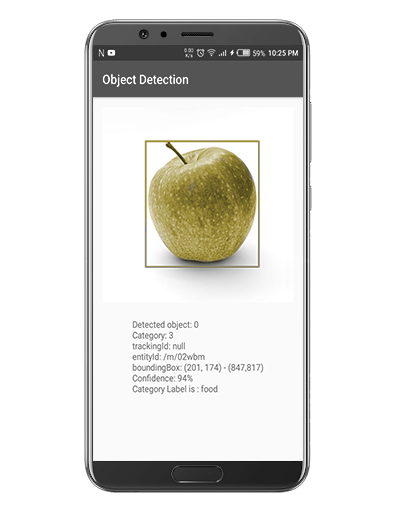Custom Vision is a platform that allows you to build your own customized image classifiers. If you want to develop a mobile app where you need to classify images, Custom Vision (by Microsoft) offers you one of the fastest ways to go about it.
With Custom Vision, you simply upload your labeled images, train the model on the platform, and then export a Core ML model (for iOS) or TensorFlow model for Android (and even ONNX for Windows ML and DockerFile for AzureML). Yes, you heard that correctly. And it is free for 2 projects, and up to 5000 training images per project.
Continue reading Build Your Own Customized Image Classification Mobile App in 10 Minutes









